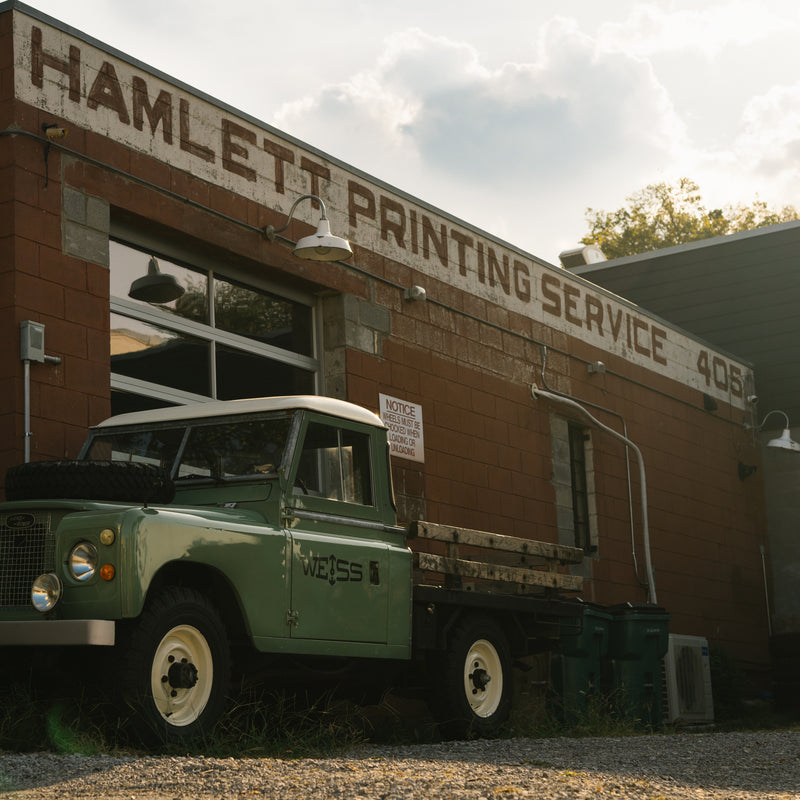Welcome back to the Watchmaker's Workshop! Today, I'm excited to give you a glimpse into my workspace here in Nashville, Tennessee. This workshop is where I spend my days meticulously crafting and assembling watches, and I want to show you the different workstations, tools, and the overall layout that make it all possible.
The Heart of the Workshop: My Main Workbench
Let’s start with the centerpiece of my workshop—my main workbench. This is where most of the magic happens. It’s here that I assemble movements, cases, dials, and hands, turning a collection of finely crafted components into a ticking timepiece. Surrounding this central bench, I have several other workbenches dedicated to specific tasks, like setting crystals, pressing case tubes, and performing quality control inspections. Each of these benches plays a crucial role in the watchmaking process, helping me bring everything together in perfect harmony.
Tools of the Trade
No watchmaker’s workshop would be complete without a wide array of tools, and mine is no exception. From hand tools for assembly to sophisticated equipment like timing machines, microscopes, and winding machines, every tool here serves a specific purpose. For example, the winding machines test each watch over time to ensure consistent performance, while the cleaning machines are essential for preparing movements both before assembly and during routine servicing.
These tools are standard in any watchmaking workshop, but what sets each workspace apart are the personal touches and the specific tools that reflect the watchmaker’s style and experience. For instance, a watchmaker with decades of experience might have vintage tools with a lot of history, while someone focusing on modern watches might use sleek, new, high-tech equipment.
The Machining Section
Before we can assemble a watch, the individual parts need to be made, and that’s where the machining section of my workshop comes in. Here, I work with raw materials like titanium and stainless steel, cutting them down to create cases, crowns, and other components. One of the key machines in this area is a sliding headstock lathe, also known as a Swiss lathe. Developed in Switzerland for the watch industry, this machine is perfect for making tiny, precise parts like screws, pinions, and winding stems—some as small as a grain of rice.
In addition to the smaller lathe, I have a larger Swiss machine capable of cutting parts up to an inch in diameter. This machine is ideal for crafting larger components like mainspring barrels and crowns. Both machines are equipped with bar feeders that support the material as it’s being cut, ensuring the precision needed for high-quality watch components.
The Art and Science of Machining
Machining is a bit like sculpting. Just as a sculptor carves away stone to reveal the form within, in watchmaking, we start with a larger piece of metal and carefully remove material to create the desired part. The process requires a combination of skill, precision, and the right equipment.
The Swiss-style lathes in my workshop are among the most advanced machines for small-part turning in the United States. While similar machines are used in industries like aerospace and medical device manufacturing, the complexity and precision required for watchmaking are in a league of their own. These machines allow me to create parts with incredibly tight tolerances, ensuring that every component fits perfectly and functions flawlessly within the finished watch.
A Personal Touch
Every watchmaker’s workshop is unique, reflecting the personal style and preferences of its owner. From the layout of the benches to the selection of tools, my workshop in Nashville is set up to support the kind of watchmaking I’m passionate about—crafting high-quality, meticulously detailed timepieces that will stand the test of time.
I hope you’ve enjoyed this tour of my workshop. In future videos, I plan to visit other watchmakers' workshops so we can compare how different watchmakers organize their spaces and tools. Just like a fingerprint, every watchmaker’s workshop is one-of-a-kind, shaped by the individual’s approach to the art and science of watchmaking.
Thanks for joining me today, and stay tuned for more insights into the world of watchmaking!
